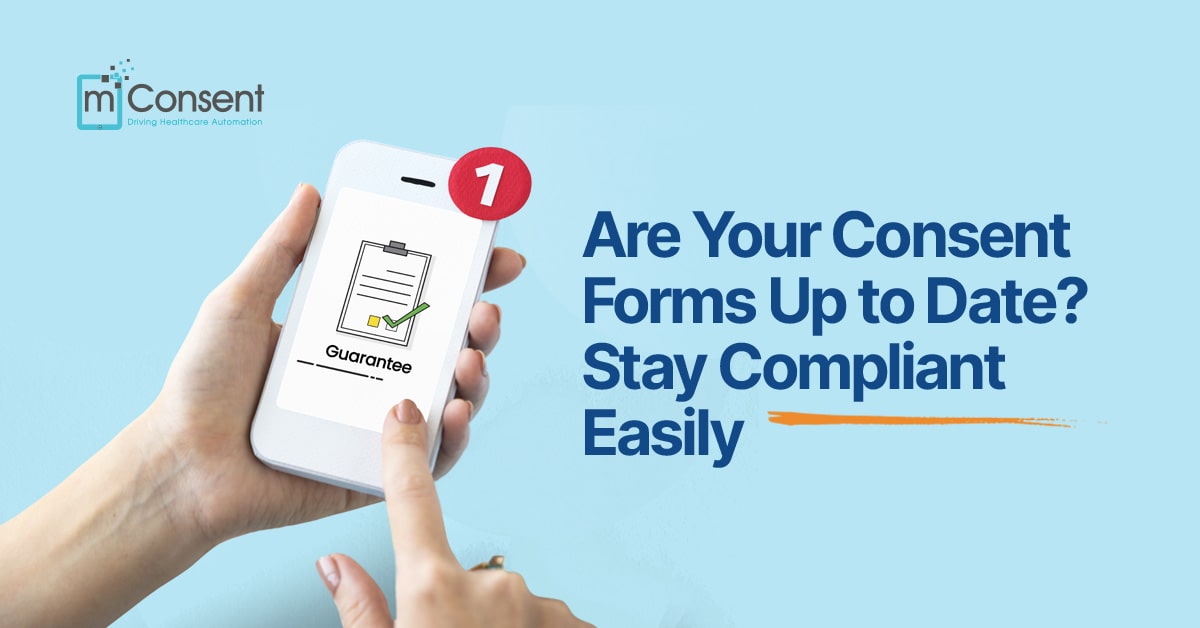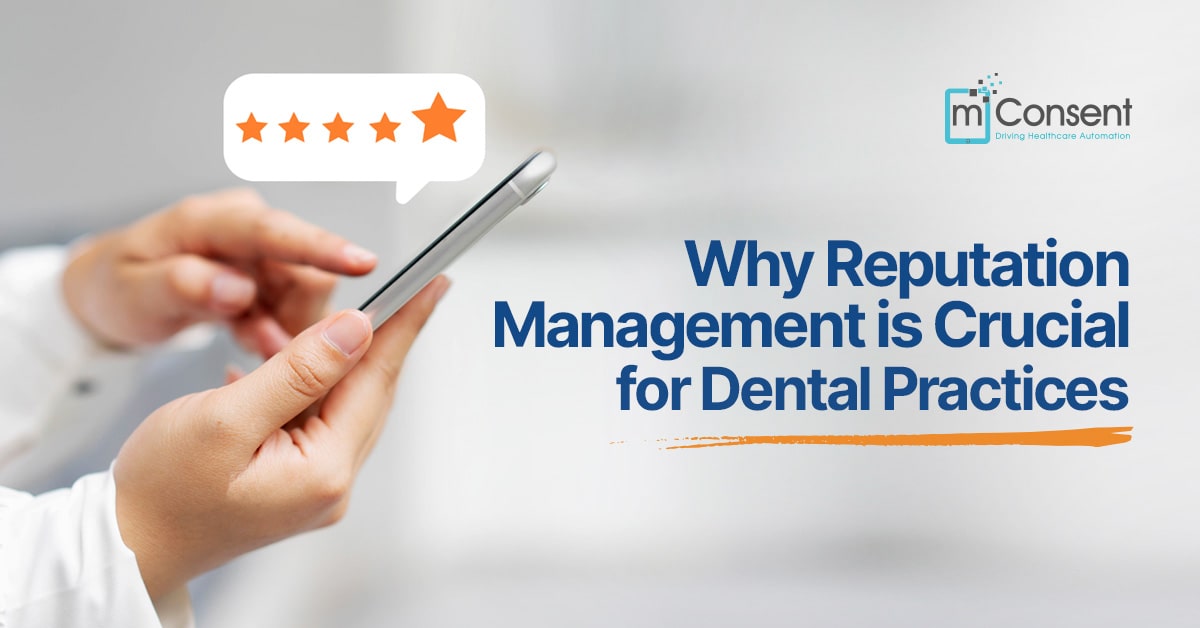In every dental practice, no matter how advanced the technology or skilled the team, one quiet cornerstone consistently supports patient care and risk management: the dental consent form. Though it may appear routine, this single document carries immense weight. It protects the provider, empowers the patient, and reinforces trust, the very foundation of any successful dental relationship.
Many dental professionals see consent forms as just another box to check off before treatment begins. But in reality, these forms serve as powerful tools for legal protection, ethical compliance, and transparent communication. In a world where patient expectations are rising and liabilities are growing, taking consent seriously is no longer optional, it’s essential.
What Is a Dental Consent Form?
At its core, a dental consent form is a mutual agreement. It documents a patient’s acknowledgment and acceptance of a proposed dental procedure after being informed of all relevant details. These details include the nature of the treatment, potential risks, available alternatives, and expected outcomes. By signing the form, the patient confirms their understanding and willingness to proceed.
This simple act transforms a passive patient into an informed partner. It shifts the dynamic from “doctor knows best” to a collaborative, informed decision-making process.
Why Dental Consent Forms Matter More Than Ever
Protecting Dental Providers from Legal Risk
Dentists face a growing number of legal threats from malpractice claims to complaints about treatment outcomes. One of the most effective shields against these threats is a properly executed consent form.
If a patient later claims they weren’t informed of potential complications or alternative treatments, the signed consent form becomes your strongest piece of evidence. It can show that you did your due diligence. It proves that the patient was not only informed but also agreed to move forward with full knowledge of what to expect.
Without that documentation, it becomes your word against theirs and that’s not a position any provider wants to be in.
Building Stronger Dentist-Patient Relationships
Today’s dental patients are more educated, more cautious, and more involved in their healthcare decisions than ever before. They want to understand what’s being done to their bodies and why. Consent forms support this desire for transparency.
When you walk patients through their consent forms, you’re not just checking a legal requirement, you’re starting a dialogue. You're taking the time to explain, listen, and make sure they feel safe. That builds trust, and trust leads to loyalty. A patient who feels heard and informed is far more likely to return and to refer others.
Minimizing Misunderstandings and Dissatisfaction
No matter how clear we think we’re being, patients often interpret things differently. A consent form puts everything in writing. It lays out what the treatment involves, what it doesn’t, what might go wrong, and what can be done instead.
This kind of clarity helps manage expectations and reduces the risk of disappointment. If something doesn’t go as planned, the patient is less likely to feel blindsided and more likely to understand that they were informed of the risks beforehand.
The Shift to Digital Dental Consent Forms
Paper forms have served us well for decades, but the dental industry is undergoing a digital transformation and consent forms are coming along for the ride. Many forward-thinking practices are switching to digital dental consent forms. It’s a change that offers far more than convenience.
Smoother Workflow and Less Admin Headache
Digital forms can be completed before the patient ever steps foot in your office. They can review the document at home, sign electronically, and have questions ready when they arrive. This reduces time spent in the waiting room and minimizes paperwork bottlenecks for your front desk team.
For busy practices, this alone can be a game changer.
Better Accuracy and Easy Integration
Let’s face it handwriting can be messy. Forms can be lost or filed incorrectly. With digital forms, everything is neat, legible, and stored securely in your practice management system. Information can be auto-filled, synced with other records, and retrieved in seconds.
No more digging through filing cabinets. No more misplaced forms. No more manual data entry errors.
Enhancing the Modern Patient Experience
Today’s patients are used to doing everything online from booking appointments to ordering groceries. Offering digital consent forms shows that your practice respects their time and embraces modern convenience.
Patients appreciate being able to complete forms on their phones or computers, especially when it means fewer delays and a more seamless experience.
Eco-Friendly and Cost-Efficient
Reducing paper usage not only helps the environment but also cuts down on operational costs. No more reams of paper. No more printer jams. No more storage boxes full of old files.
For practices looking to streamline and go green, digital consent forms are a smart move.
Best Practices for Dental Consent Forms
Use Clear, Plain Language
Leave the technical jargon out. Patients don’t need to know the Latin name for a tooth extraction or the exact sequence of a crown prep. What they do need is a simple, clear explanation of what’s going to happen and why.
If patients don’t understand the form, it’s not informed consent it’s just paperwork.
Encourage Questions and Conversation
Don’t rush through the process. Take a moment to ask if they have any questions. Often, patients are hesitant to speak up. Creating a comfortable, open environment shows that you care and it can prevent issues down the road.
A few extra minutes of conversation can save hours of conflict later.
Keep Forms Up to Date
Laws change. Treatment techniques evolve. So should your consent forms. Review them regularly, at least once a year to make sure they still align with current best practices and legal standards in your state.
Working with a legal advisor or dental compliance specialist can help ensure you’re covered.
Protect Patient Privacy
Whether digital or paper, consent forms contain sensitive health information. Store them securely, and make sure your team understands HIPAA compliance. Digital systems should offer encryption, password protection, and secure cloud backups.
Trust takes years to build and seconds to break. Don’t let a data breach be the reason a patient walks away.
The Bigger Picture: Consent as a Core of Patient-Centered Care
It’s easy to think of dental consent forms as a legal buffer, but their true value goes deeper. They represent a shift in how care is delivered toward transparency, collaboration, and empowerment.
When used thoughtfully, consent forms aren’t just protection for the provider. They’re a chance to connect. They’re an invitation for the patient to participate, ask questions, and be heard.
In a time when patient satisfaction and retention are more important than ever, that’s an opportunity dental practices can’t afford to miss.
How mConsent Simplifies the Consent Process
At mConsent, we understand the balancing act dental teams perform every day juggling efficiency, compliance, and patient experience. That’s why we offer a comprehensive solution for digital dental consent forms that integrates seamlessly with your workflow.
With mConsent, you can:
- Send consent forms directly to patients before their appointment
- Collect legally binding eSignatures
- Customize forms to match your procedures and branding
- Store everything securely in the cloud
- Meet HIPAA and state-level compliance requirements
Our platform makes it easy to move away from manual paperwork and embrace a smoother, smarter way to handle patient consent.
Conclusion
Informed consent is more than a signature on a page. It’s a conversation. It’s protection. It’s respect.
Dental consent forms safeguard your practice, strengthen your relationships, and elevate the quality of care you deliver. And as the dental industry continues to evolve, the tools we use to capture consent must evolve with it.
Whether you're still using paper or ready to go digital, make sure your consent process is doing more than checking a box. Make it meaningful. Make it patient-centered. And above all make it count.
Ready to simplify and modernize your consent process? mConsent can help. Let’s bring convenience, compliance, and care together, one form at a time.
""

![HIPAA Release Form – All you Need to Know [Instant Download]](https://mconsent.net/wp-content/uploads/2021/09/HIPAA-Release-Form-All-you-Need-to-Know-Free-Release-Form.jpg)















